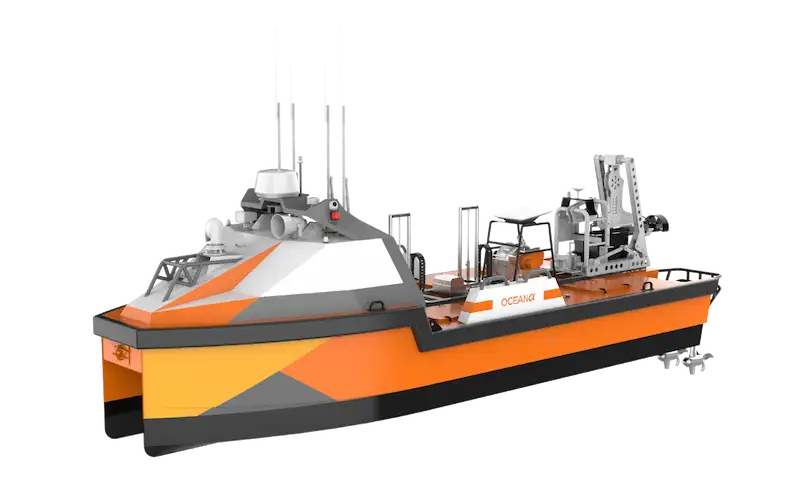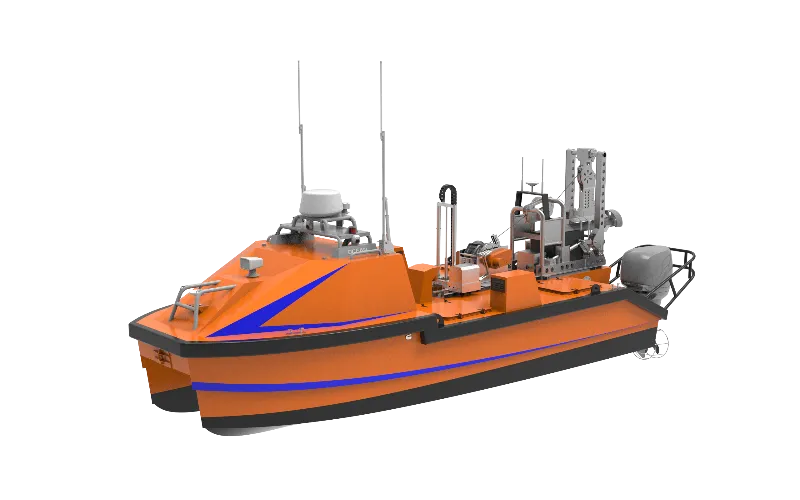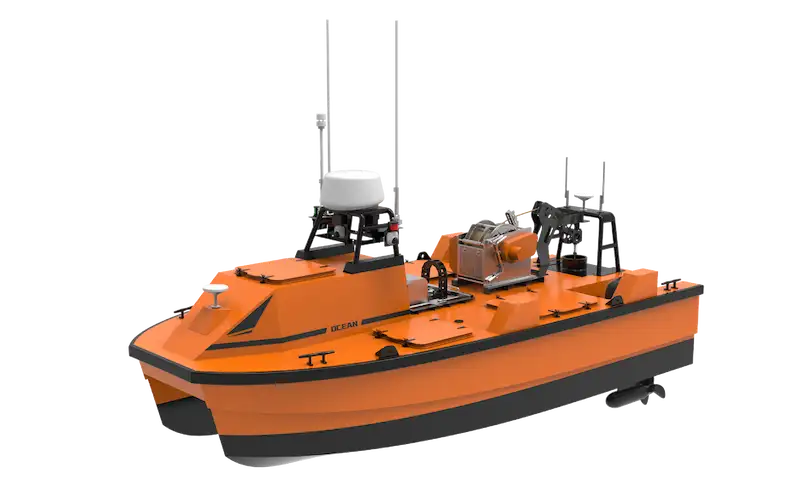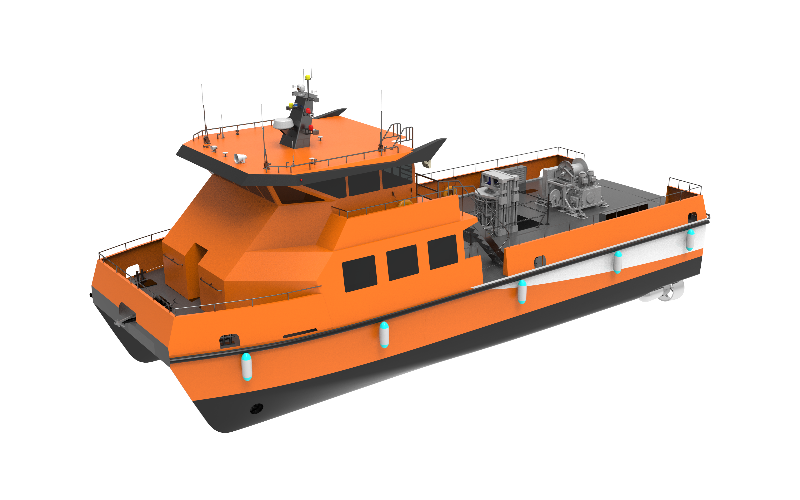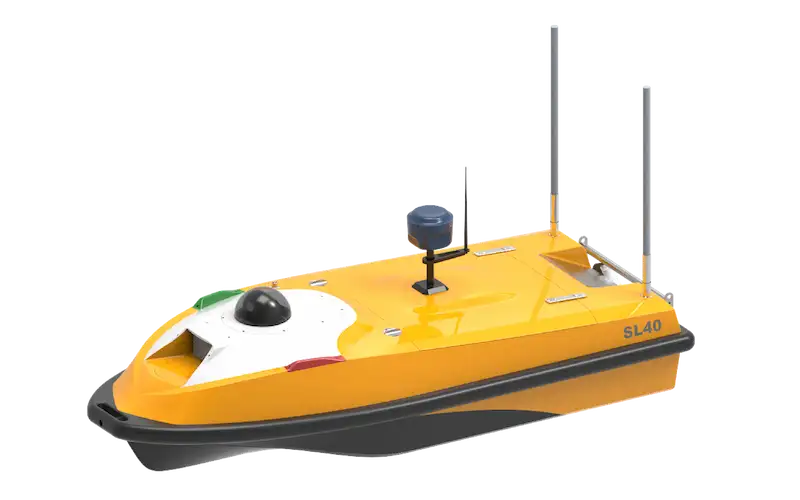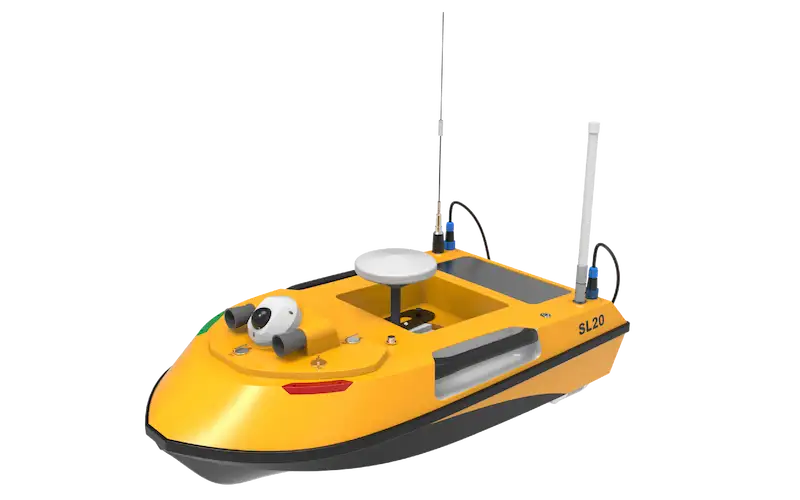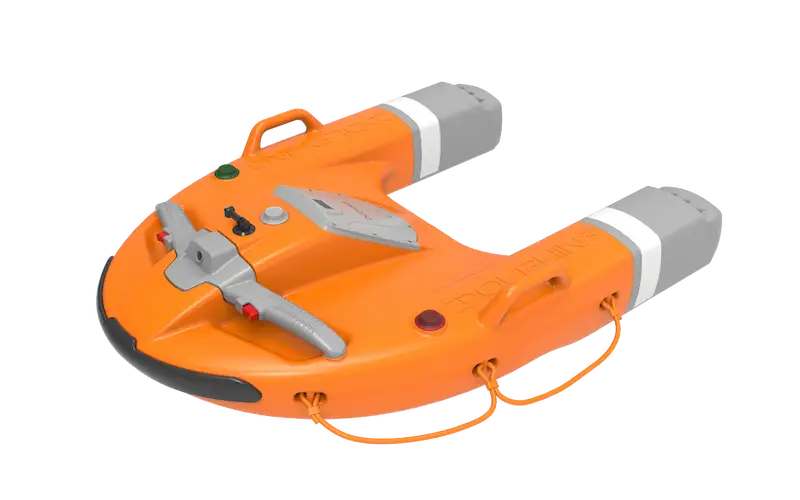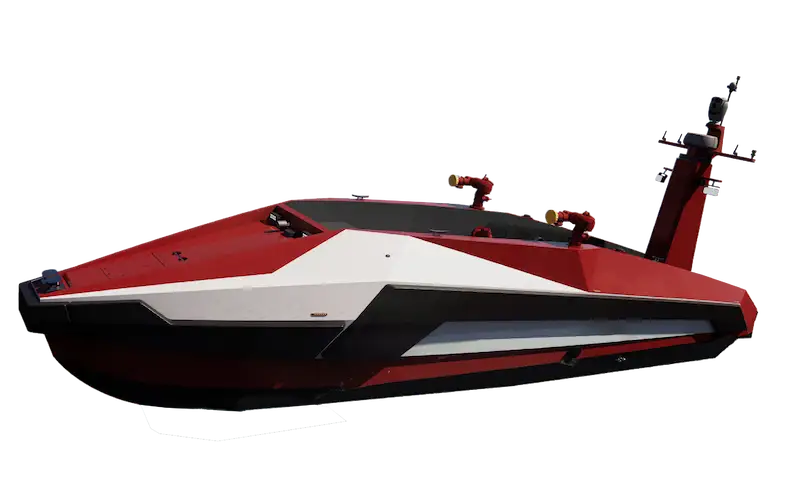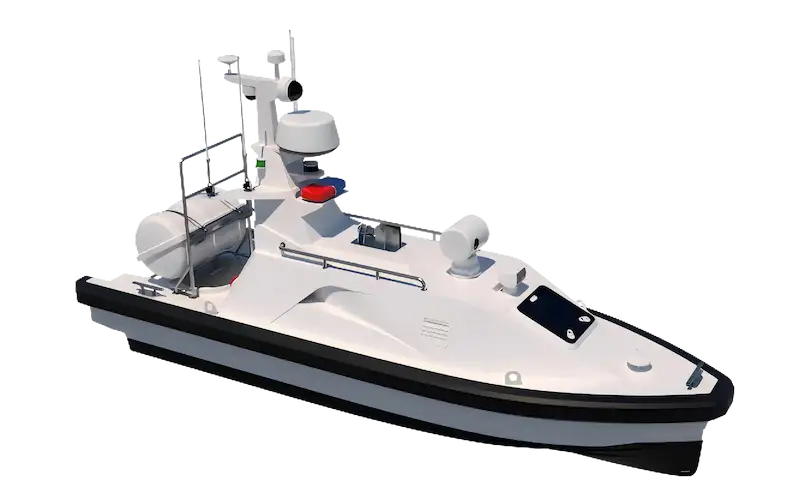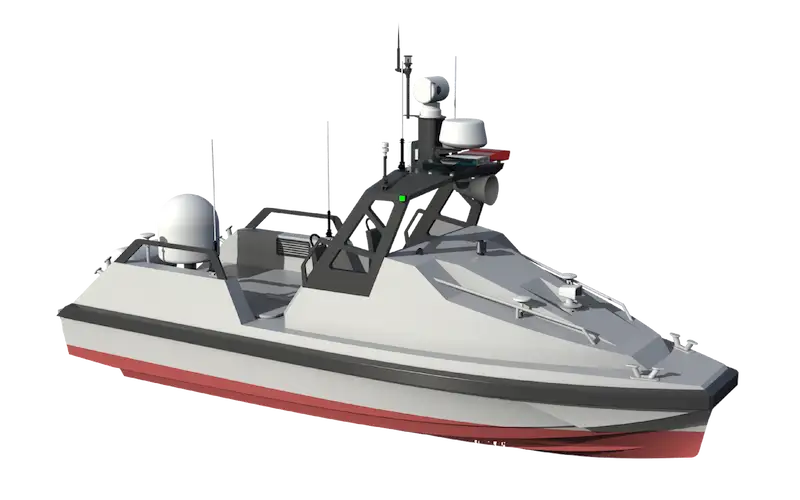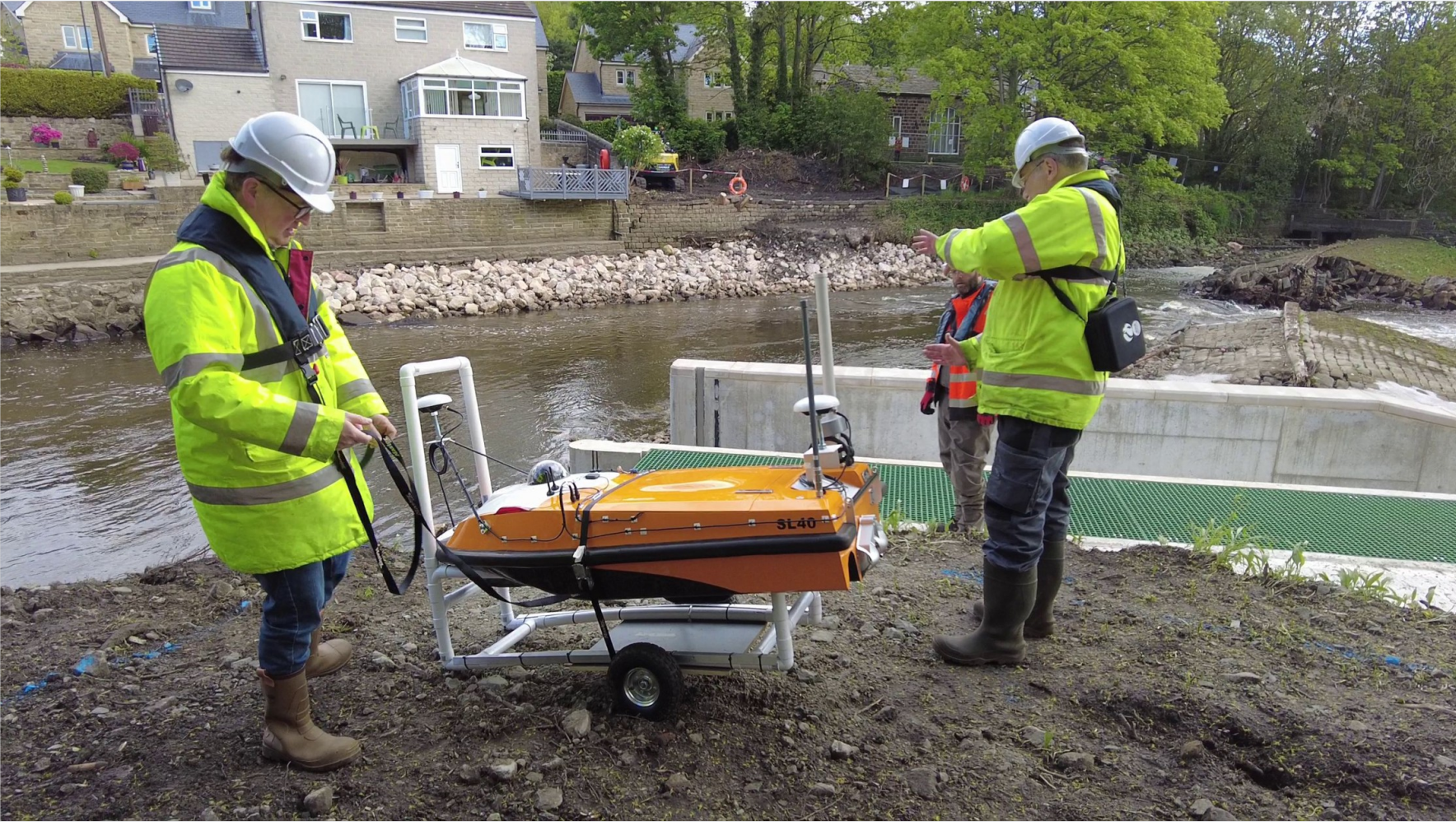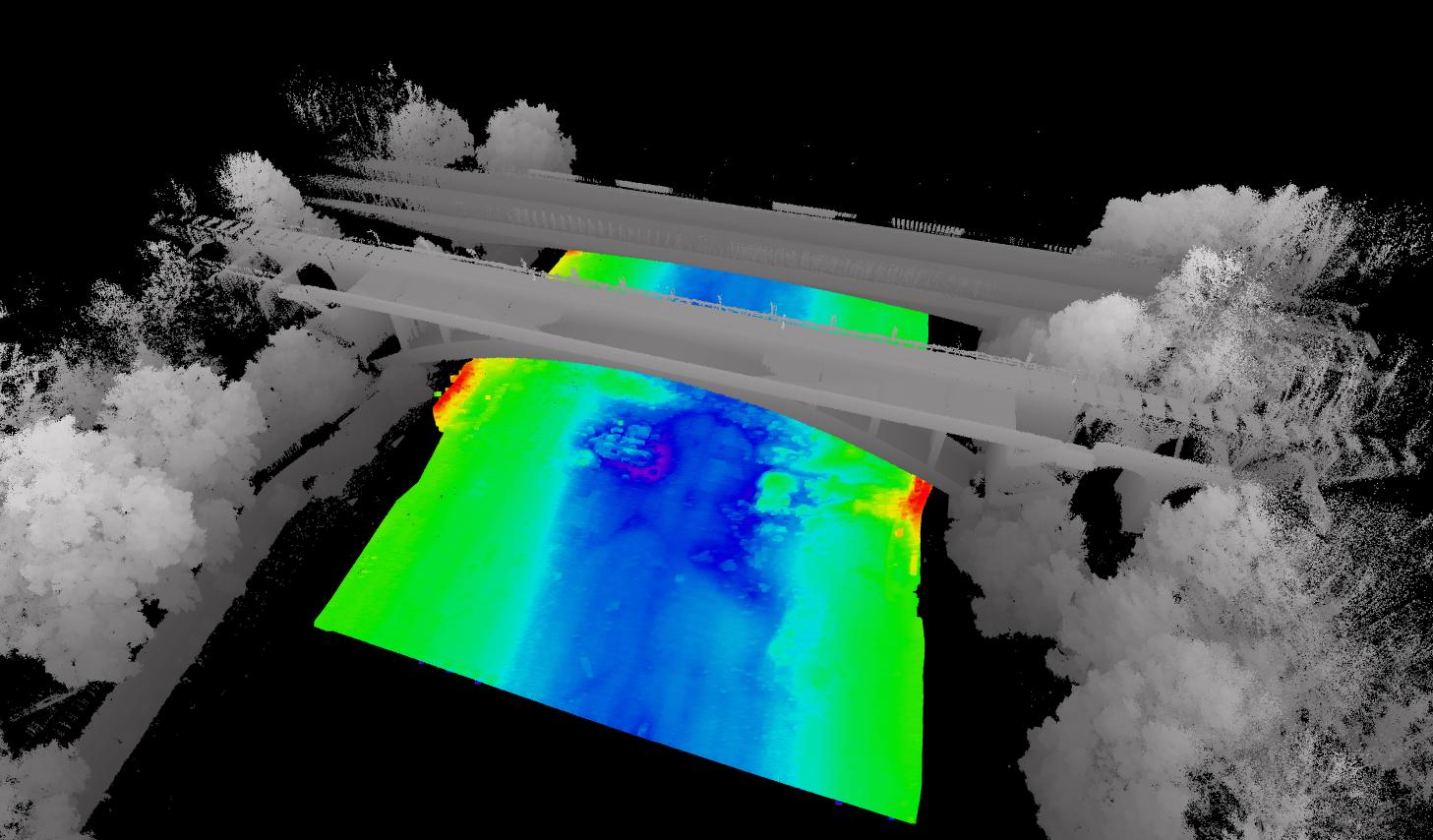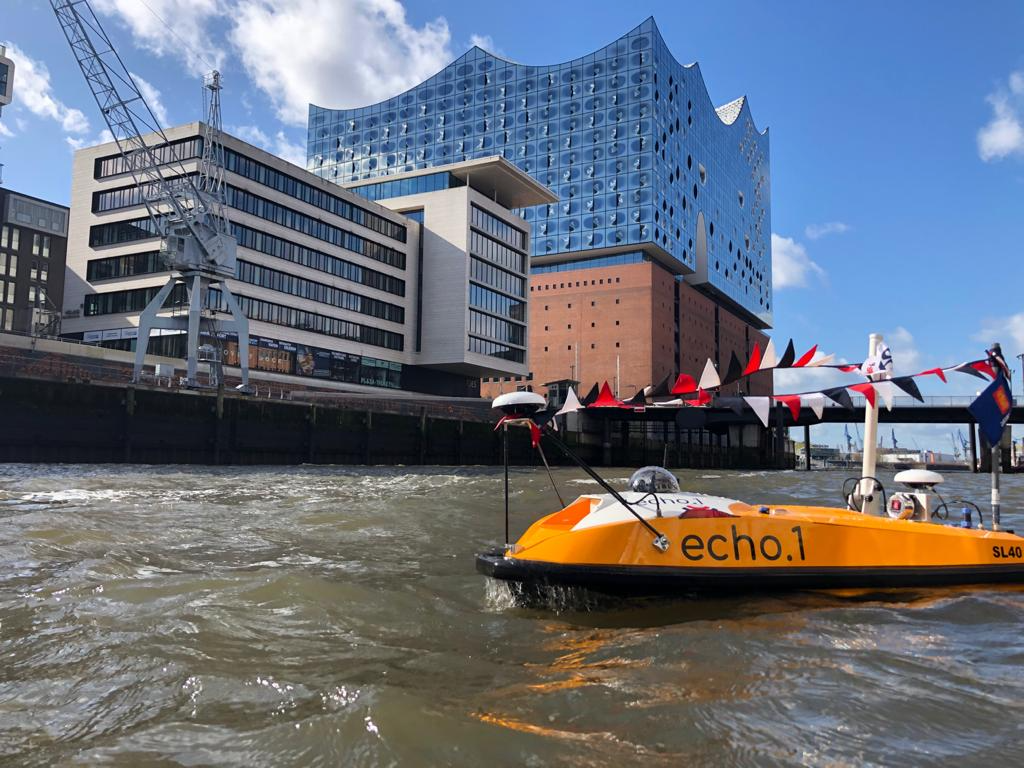USV with Sonar Devices Applied to Detect Beaver Burrows Underwater
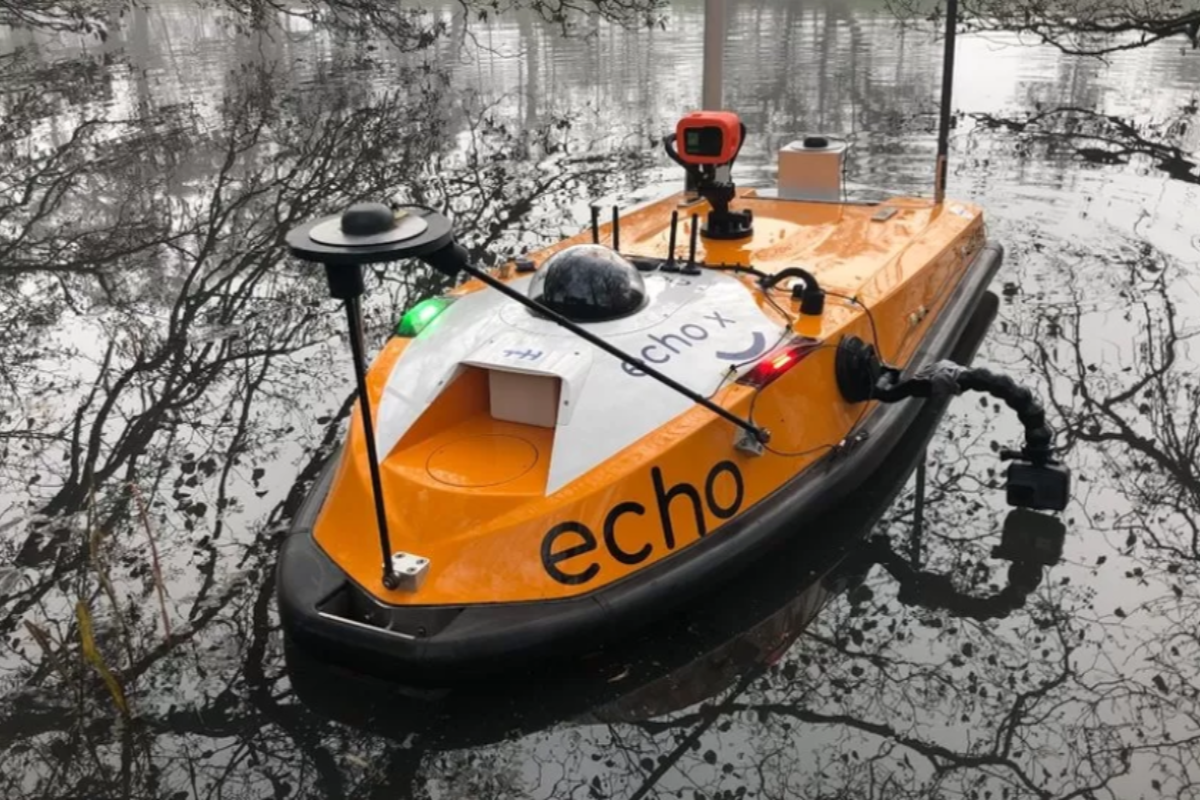
Time: November 2022
Location: Scotland
Background
Beavers construct shelters by digging tunnels and building lodges from wood debris, twigs, and soil, known as burrows. However, these underwater burrow entrances can weaken riverbanks, posing risks to nearby residents and land users. To accurately locate these burrows, OceanAlpha’s UK partner—Storm Geomatics Ltd.—utilized an Unmanned Surface Vessel (USV) equipped with NORBIT’s sonar equipment to scan the riverbed. This USV-based technology collaboration provides an innovative solution for the safe and sustainable coexistence of humans and beavers. For more details, refer to the BBC report Sonar used to detect underwater beaver burrowsby Kevin Keane (BBC Scotland’s environment correspondent): BBC News.
Technology Deployment
Equipment
OceanAlpha SL40 USV (Unmanned Surface Vessel) – A hydrographic survey boat optimized for autonomous riverbed scanning
NORBIT Multibeam Sonar System – High-resolution sonar technology mounted on the USV
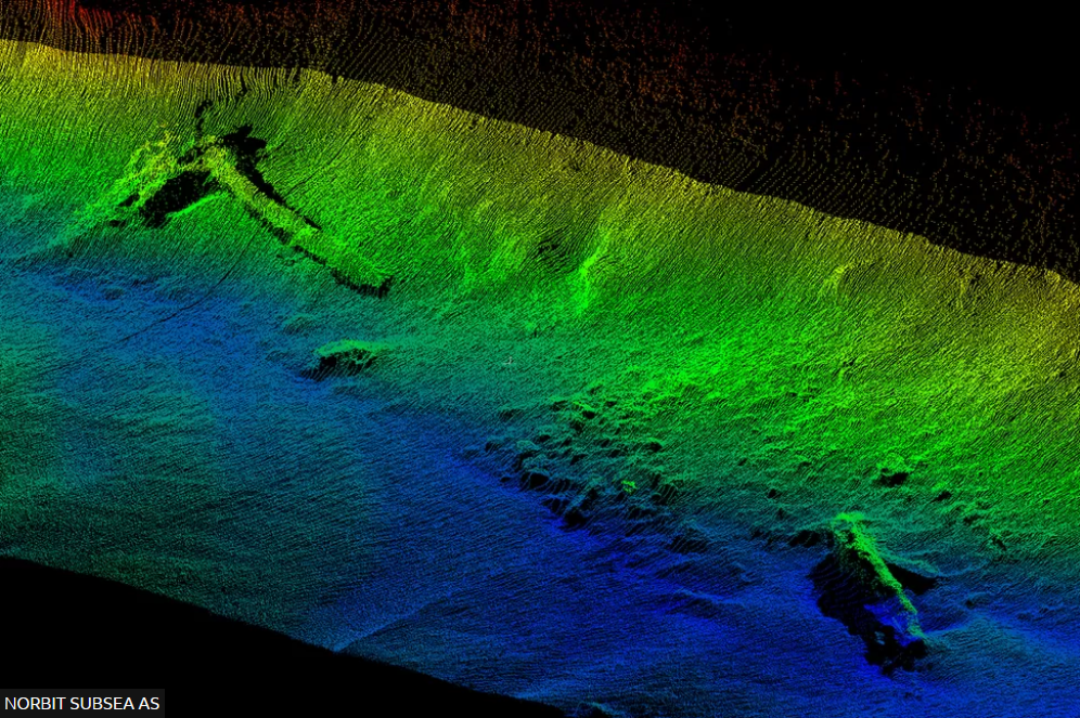
Process
Beavers typically create underwater burrow entrances and dig upward to form dry tunnel networks near the waterline. These hidden structures remain undetectable until a collapse occurs. To address this, the survey team deployed an Unmanned Surface Vessel (USV) equipped with a multibeam sonar system to autonomously navigate the river, collecting millions of data points along the waterway. The USV’s sonar generated a three-dimensional image to precisely identify burrow openings without risking human operators in challenging river conditions.
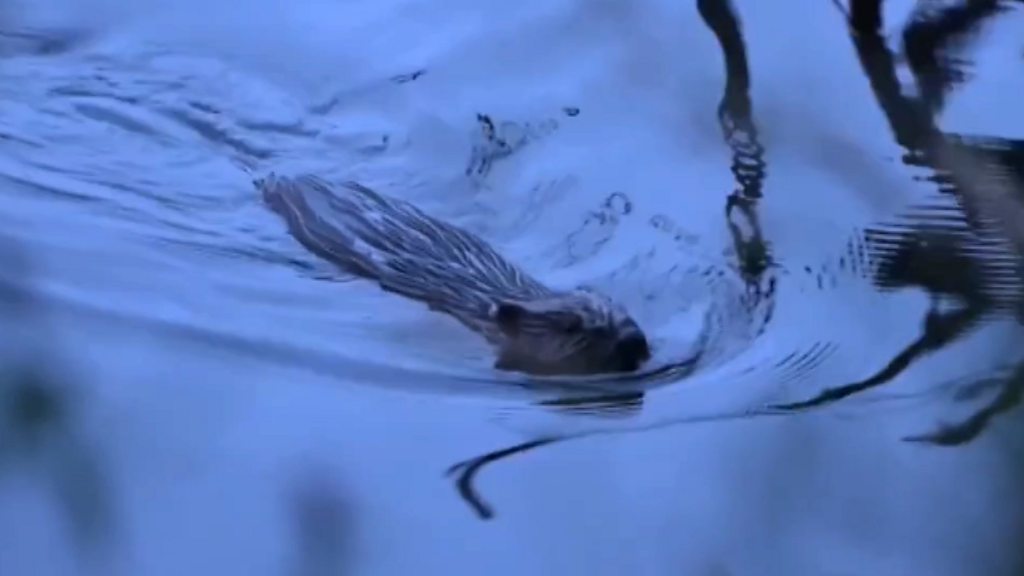
Project Outcomes
Roo Campbell from NatureScot (Scottish Natural Heritage) explained: “Burrowing behavior is challenging to monitor because these cavities are extremely difficult to detect. We often only realize their presence after damage occurs, leaving limited understanding of associated risks.”
As part of Scotland’s CivTech innovation program, this USV-powered initiative—piloted in the Tay region—recorded 440+ burrows in a single year. With Scotland’s beaver population doubling to 1,000 in three years (mainly along the River Tay catchment), the Unmanned Surface Vessel (USV) technology supports proactive management.
Following the 2019 legislation protecting beavers as a native species, destructive measures require special licenses from NatureScot. Storm Geomatics’ Anthony Pritchard noted: “This USV-based sonar system, originally designed for flood risk assessments, now helps quantify burrow distribution, activity patterns, and ecological impacts—filling critical knowledge gaps for balanced conservation strategies.”
(Photos: BBC, NatureScot, NORBIT)

